Best Long Head Bicep Exercises for Muscle Growth
Focusing on the long head of the bicep is crucial for developing larger, more defined arms. This muscle makes your upper arm wider and provides your biceps with a lofty, peaked appearance. We’ll explore the top long-head bicep exercises in this post to assist you in avoiding frequent training errors, improving the appearance of your arms, and maximizing muscular growth.
1. What Is the Long Head of the Bicep?
Two heads make up your bicep brachii, also referred to as your “biceps”
Short head: rests on the inside of your upper arm.
Long head: forms the bicep peak and runs on the outside.
You must do bicep exercises that target the long head specifically if you want to develop larger biceps and that amazing arm shape.
2. How to Target the Long Head of the Bicep
Take into account the following advice to better activate the long head:
● Employ a narrow grip (barbell curls, close-grip curls, etc.).
● Place your elbows behind your torso to perform incline curls, for example.
● To activate deep fibres, provide stretch when under load.
● Pay attention to the mind-muscle connection and the entire range of movements.
By following these guidelines, you can be sure you’re getting the most out of each rep.
3. Best Long Head Bicep Exercises
The top 7 workouts to target the long head and encourage actual muscular growth are listed here.
3.1 Incline Dumbbell Curls
This is one of the long-head bicep exercises because it stretches the long head and builds tension by letting your arms hang behind your body.
How to accomplish it:
Take a seat on a bench that is inclined (30 to 45°).
Keep your arms outstretched and hold a dumbbell in each hand.
Slowly curl, then squeeze at the top.
Expert advice: Avoid swinging and maintain a fixed elbow position.
3.2 Close-Grip Barbell Curls
By shifting the stress to the long head, a narrow grip can help you achieve a higher bicep peak.
How to accomplish it:
Place your hands shoulder-width apart or closer to the bar.
Without bending back, curl up.
Reduce gradually and carefully.
3.3 Drag Curls
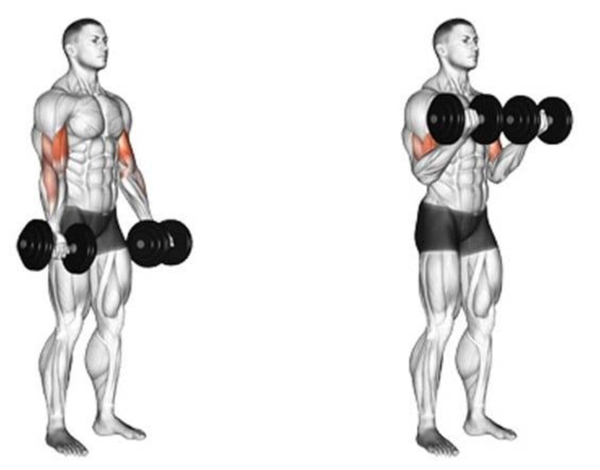
This underappreciated technique increases long-head engagement by keeping your elbows behind your torso.
How to accomplish it:
Use a shoulder-width grip to hold a barbell.
Drag your elbows back while curling the weight upward.
Hold the bar near your chest.
Why it works: It isolates the bicep completely and eliminates front deltoid support.
3.4 Cable Curls
Constant strain from cables helps keep the biceps taut during the repetition.
How to accomplish it:
Face the machine aside and lower the pulley.
Holding the cable in one hand, move forward.
Curl the handle in the direction of your shoulder.
Benefit: Increased isolation and range of motion for the long-head
3.5 Alternating Dumbbell Supinated Curls
The long head is more activated when you turn your hand upward (supinating) during the curl.
How to accomplish it:
Dumbbells should be held with the palms facing in.
As you curl, turn your palm upward.
Squeeze at the peak, then gradually descend.
3.6 Concentration Curls
You can still apply tension on the long head by slightly moving the elbow position forward.
How to accomplish it:
Place your elbow on the inner of your knee while you sit.
Curl the dumbbell up slowly.
For maximum tension, maintain a rigid shape.
3.7 Hammer Curls

Hammer curls are mostly employed for the brachialis and forearms, but they can also aid in the development of the biceps as a whole.
How to accomplish it:
Hold in a neutral hold with your palms facing in.
Calmly raise dumbbells.
Pay attention to the contraction.
4. Sample Long Head Bicep Workout Routine
For best bicep growth, use this routine one or two times per week:
| Exercise | Sets | Reps |
| Incline Dumbbell Curls | 3 | 10–12 |
| Close-Grip Barbell Curls | 3 | 8–10 |
| Drag Curls | 3 | 12–15 |
| Behind-the-Back Cable Curls | 3 | 10–12 |
| Supinated Alternating Dumbbell Curls | 2 | 2–15 |
5. Common Mistakes to Avoid
Swinging the dumbbells and using excessive weight
Skipping the stretch: don’t do the rep too quickly
Bad grip placement: A wide grip results in a shorter head.
Overtraining: Since the biceps are small muscles, they require recuperation
Avoid changing angles by striking the muscle from various directions.
6. Pro Tips to Build Bigger Biceps
Pay attention to the mind-muscle link.
● Avoid momentum and perform controlled repetitions.
● Use a variety of angles when training the long head.
● Monitor your development and gradually increase your workload.
Remember that growth occurs outside of the gym, so get enough sleep and eat a healthy diet.
7. FAQs
1. Which exercise better targets the biceps’ long head?
Close-grip barbell curls and inclined dumbbell curls are two of the best exercises for working the bicep’s long head.
2. How can I tell if I’m strengthening my biceps’ long head?
The long head is highlighted when you use a narrow grip or place your elbows behind your torso. During the activity, you will also experience a deeper stretch.
3. Is it possible to isolate just the long head?
With the right technique, grip, and angles, you can highlight it even though you can’t isolate it.
4. How frequently should I work on my biceps’ long head?
When working out your biceps, incorporate extended head-focused activities. Once or twice a week, with a 48-hour gap between sessions.
5. Do exercises for the long-head biceps increase the bicep peak?
Indeed! The long head is necessary for the “mountain-like” appearance since it adds to the bicep’s height and peak.
8. Final Thoughts
It is imperative that you incorporate targeted long-head bicep workouts into your regimen if you are serious about developing larger arms. To reach new heights of muscular growth and bicep peak, concentrate on good form, astute grip selections, and controlled movement. Your sleeves won’t be able to keep up if you combine these workouts with proper rest and nourishment.

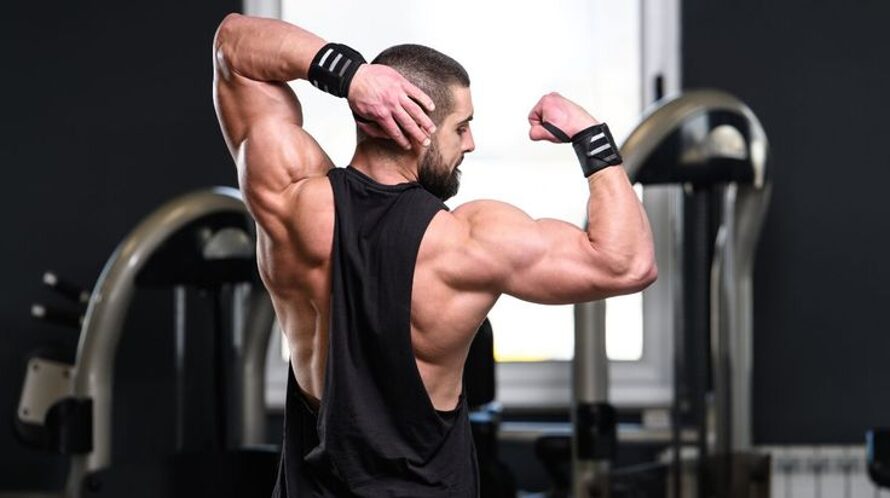
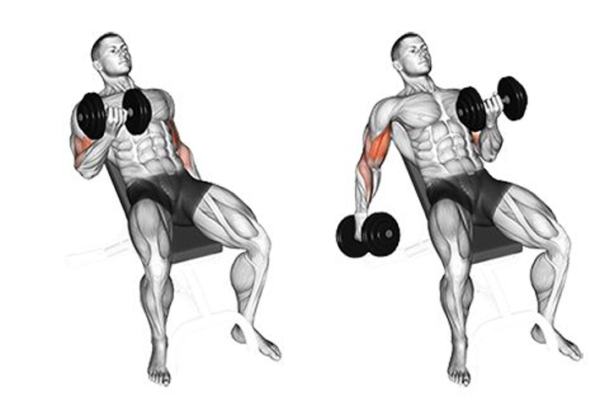
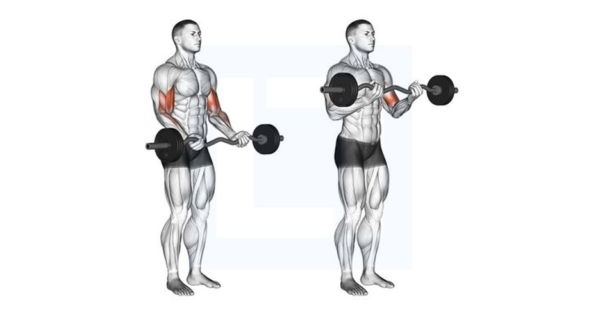
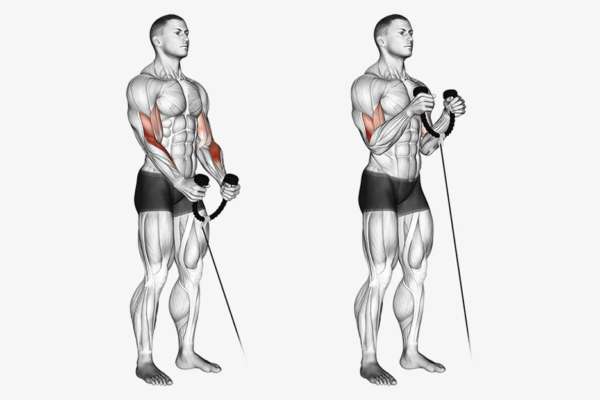
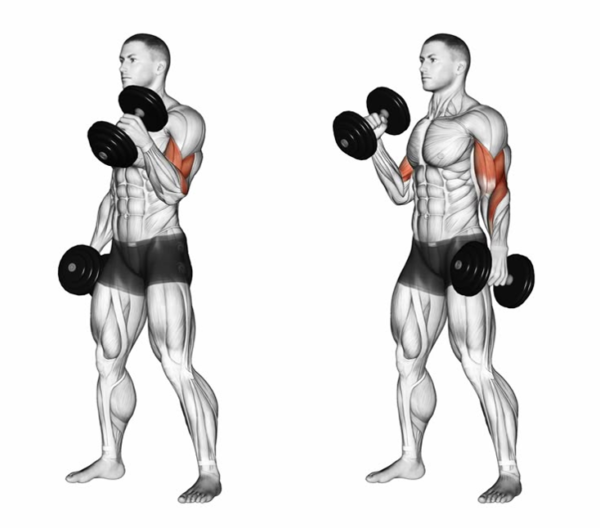
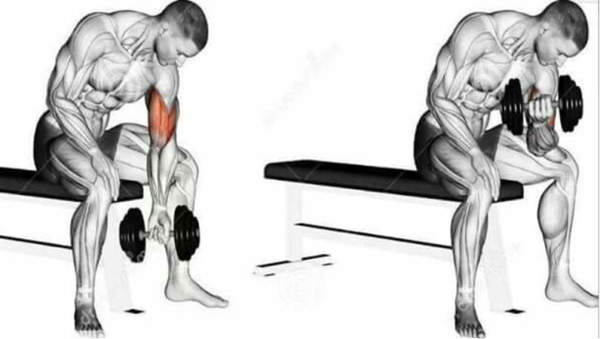


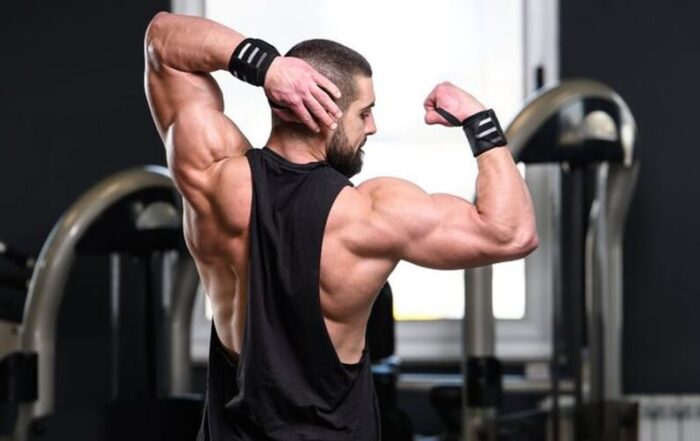

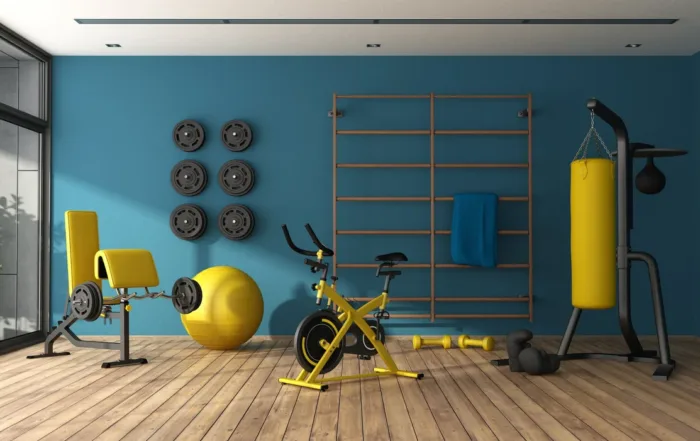

Leave A Comment